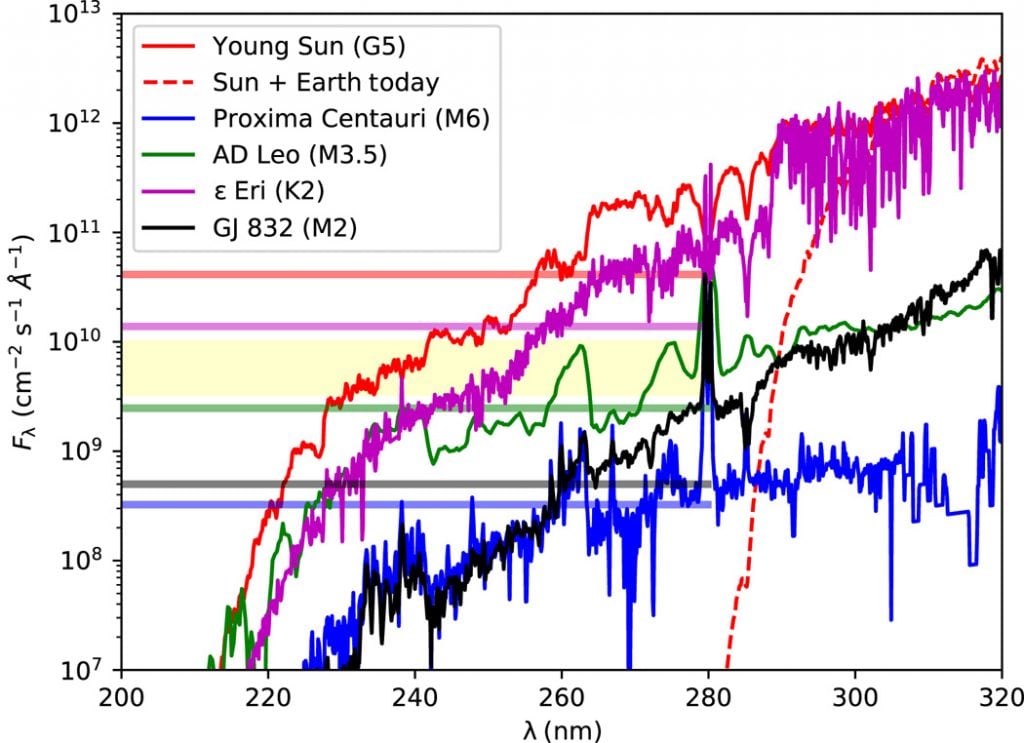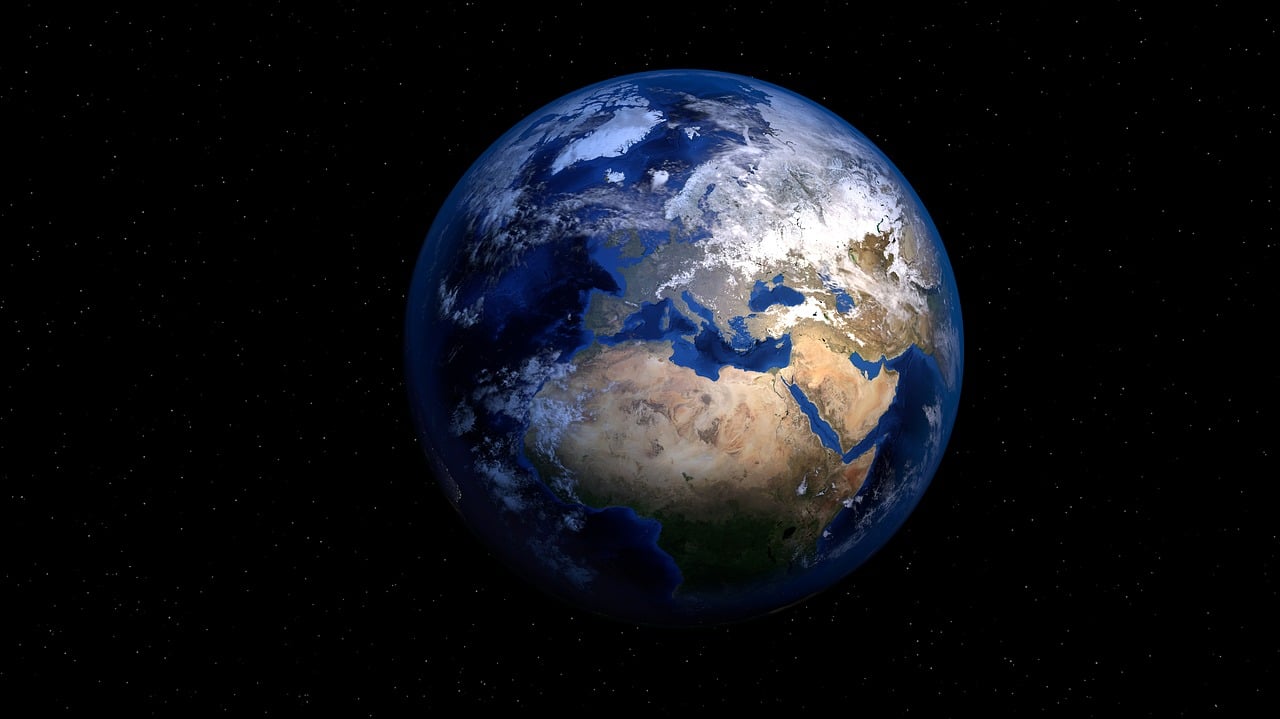Planets where life could develop are quite difficult to discover, particularly because a lot of requirements need to be satisfied for a chance of life to flourish on those planets. A group of researchers from the University of Cambridge identified exoplanets on which life could flourish.
The planets where life could develop were identified outside of our solar system, where there are the same chemical conditions that could lead to life to exist as on Earth. The researchers from the University of Cambridge and the Medical Research Council Laboratory of Molecular Biology (MRC LMB) discovered that the chances of life to happen are likely on the surface of a rocky planet, similar to Earth, while receiving light from a host star of similar strength like our Sun.
Their work was published in the journal Science Advances, with the paper suggesting that host stars that provide a sufficient amount of ultraviolet (UV) light could trigger life on planets that orbit it, like the Earth orbits the Sun. The UV lights would be responsible for triggering chemical reactions that are responsible for the development of the building blocks of life.

The researchers could identify a selection of planets where life could develop thanks to the UV light that could trigger those reactions and be in the habitable range for water to exist on the surface of those planets.
“This work allows us to narrow down the best places to search for life,” Dr. Paul Rimmer, a postdoctoral researcher with a joint affiliation at Cambridge’s Cavendish Laboratory and the MRC LMB, and the paper’s first author, said in a statement. “It brings us just a little bit closer to addressing the question of whether we are alone in the universe.”
In an older study published in 2015, Professor Sutherland’s group at the MRC LMB suggested that cyanide, which is known to be a poison with instant fatal consequence, could be the key ingredient “in the primordial soup from which all life on Earth originated.”
This hypothesis came to exist from close observations which indicate that carbon from meteorites that hit the early Earth’s surface were interacting with nitrogen in the atmosphere which resulted in hydrogen cyanide being formed. The hydrogen cyanide had rained down onto the surface and reacted with other elements with the help of the UV light from the sun.
Using advanced equipment from a laboratory, Sutherland’s group recreated those chemical reactions using an UV lamp, generating amino acids, lipids and nucleotides, which are all known to be the necessary components of cells.
“I came across these earlier experiments, and as an astronomer, my first question is always what kind of light are you using, which as chemists they hadn’t really thought about,” said Rimmer. “I started out measuring the number of photons emitted by their lamps, and then realised that comparing this light to the light of different stars was a straightforward next step.”
The two groups measured how quickly the building blocks of life could develop in reaction with hydrogen cyanide and hydrogen sulphite ions in water under the UV light. They also repeated their experiments, without using light.
“There is chemistry that happens in the dark: it’s slower than the chemistry that happens in the light, but it’s there,” said senior author Professor Didier Queloz, also from the Cavendish Laboratory. “We wanted to see how much light it would take for the light chemistry to win out over the dark chemistry.”
Is this enough to find planets where life could develop? Further researching will show.





